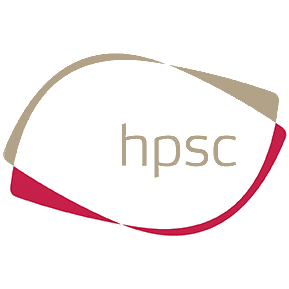Meningococcal disease (Neisseria meningitidis)
Clinical criteria
Any person with symptoms compatible with invasive meningococcal disease including:
- Meningeal signs
- Haemorrhagic rash
- Septic shock
- Other invasive manifestations are possible
Laboratory criteria for a confirmed case
At least one of the following three:
- Isolation of Neisseria meningitidis from a normally sterile site or from haemorrhagic skin lesions
- Detection of Neisseria meningitidis nucleic acid from a normally sterile site or from haemorrhagic skin lesions
- Detection of Neisseria meningitidis antigen in CSF
Laboratory criteria for a probable case
At least one of the following two:
- Detection of gram-negative stained intracellular diplococci in CSF or from haemorrhagic skin lesions
- Isolation of Neisseria meningitidis from a non-sterile site (together with compatible purpuric rash or CSF findings compatible with bacterial meningitis)
Laboratory criteria for a possible case
- Isolation of Neisseria meningitidis from a non sterile site (e.g. eye, throat or nasal swab)
Serogrouping of the isolates should be performed.
Epidemiological criteria
An epidemiological link by human to human transmission
Case classification
A. Possible case
Any person meeting the clinical criteria with characteristic rash OR
Any person meeting clinical criteria and the laboratory criteria for possible case OR
Any person meeting clinical criteria who received pre-admission antibiotics but is culture negative
B. Probable case
Any person meeting the clinical criteria and with an epidemiological link to a confirmed case
OR
Any person meeting the clinical criteria and the laboratory criteria for a probable case
C. Confirmed case
Any person meeting the laboratory criteria for a confirmed case
Note: Although meningococcal infection of the conjunctiva, without clinical evidence of sepsis is not notifiable, this is considered an indication for public health action because it may precede invasive disease or invasive meningococcal disease in a contact. Therefore, these infections should be reported to public health. Isolates from such cases should be sent to IMSRL for confirmation and grouping.
Current as of: 27 February 2023


